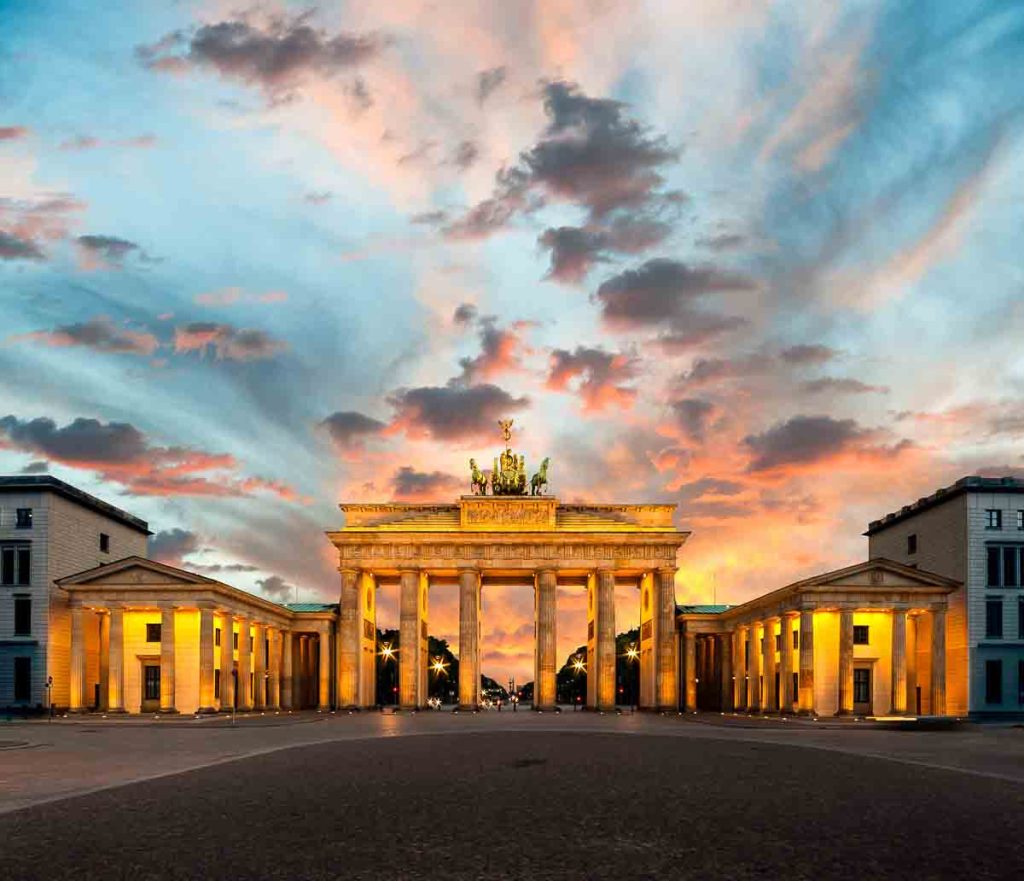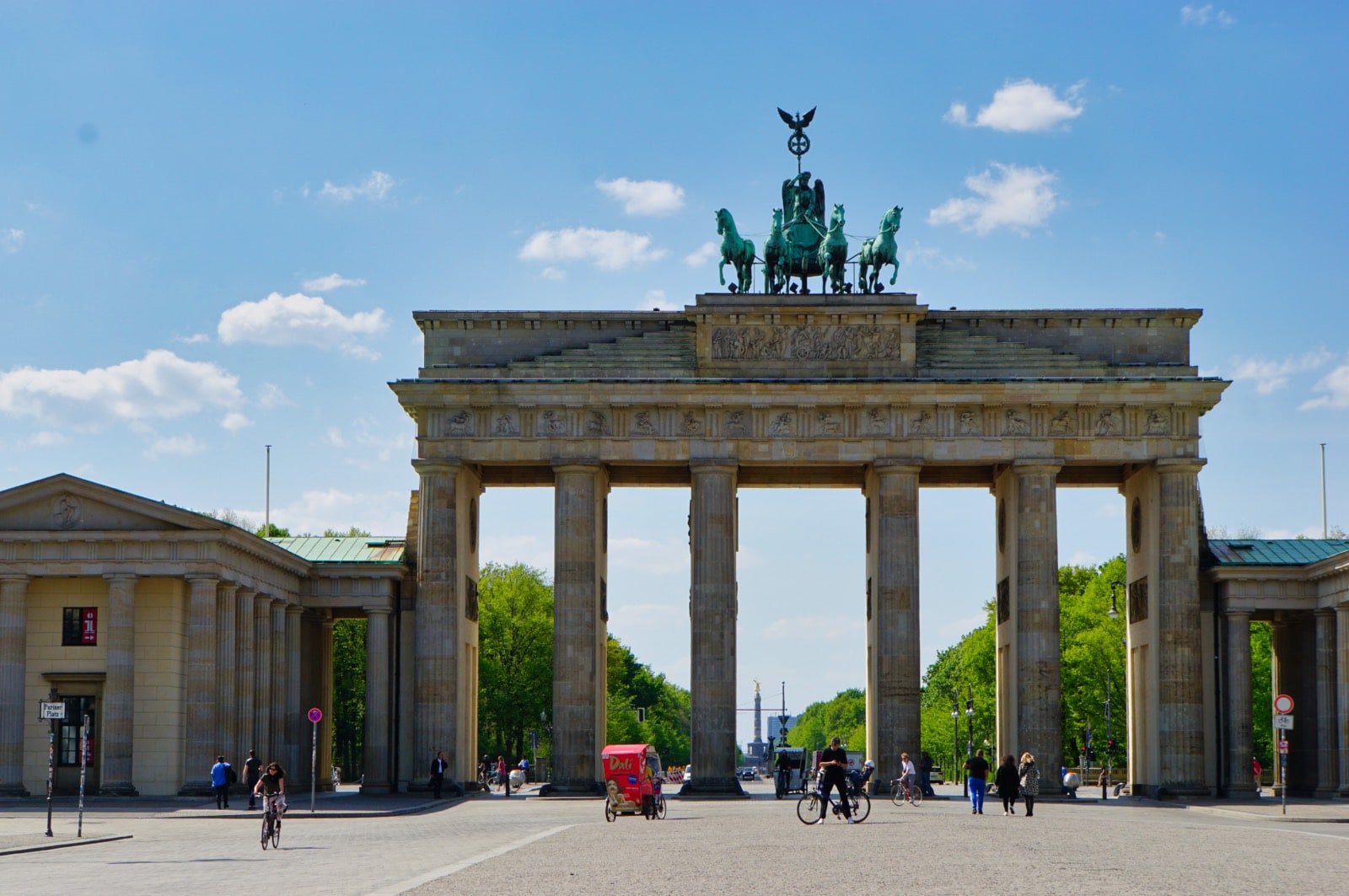

It becomes the representative site of German fantasies of great power.Īfter the Second World War, the gate stands at the interface of two systems, which face each other here and watch each other suspiciously. Only when the charioteer returned to Berlin in 1814 was the Brandenburg Gate reinterpreted as a triumphal gate and national symbol. Until Napoleon, after his victory over Prussia in 1806, triumphantly entered the city through the gate - and took the Quadriga to Paris as looted art.

But the history of this special building has much more to offer.īuilt in 1793, the Brandenburg Gate has long received little attention. It is the symbol for the division of Germany - and later for the unity of the country. Having suffered considerable damage in World War II, the Brandenburg Gate was fully restored from 2000 to 2002 by the Stiftung Denkmalschutz Berlin (Berlin Monument Conservation Foundation).The Brandenburg Gate is something like the political epicentre of our country: monumental witness in the centre of Berlin, stage for political staging. It was commissioned by King Frederick William II of Prussia as a sign of peace and built by Carl Gotthard Langhans from 1788 to 1791. One block to the north stands the Reichstag building. It is the only remaining gate of a series through which Berlin was once entered. It is located west of the city centre at the junction of Unter den Linden and Ebertstraße, immediately west of the Pariser Platz. The Brandenburg Gate (German: Brandenburger Tor) is a former city gate and one of the most well-known landmarks of Berlin and Germany. Es war bis zur Wiedervereinigung Deutschlands Symbol des Kalten Krieges und wurde nach 1990 zum Symbol der Wiedervereinigung Deutschlands und Europas. Der Bau ist dem frühklassizistischen Stil zuzuordnen.ĭas Brandenburger Tor markierte die Grenze zwischen Ost- und West-Berlin und damit die Grenze zwischen den Staaten des Warschauer Paktes und der NATO. Zugleich ist das Tor ein nationales Symbol, mit dem viele wichtige Ereignisse der Geschichte Berlins, Deutschlands, Europas und der Welt des 20. von Carl Gotthard Langhans errichtet und ist das bekannteste Wahrzeichen der Stadt. Es wurde in den Jahren von 17 auf Anweisung des preußischen Königs Friedrich Wilhelm II. Das Brandenburger Tor in Berlin steht am Pariser Platz in der Dorotheenstadt im Ortsteil Mitte.


 0 kommentar(er)
0 kommentar(er)
